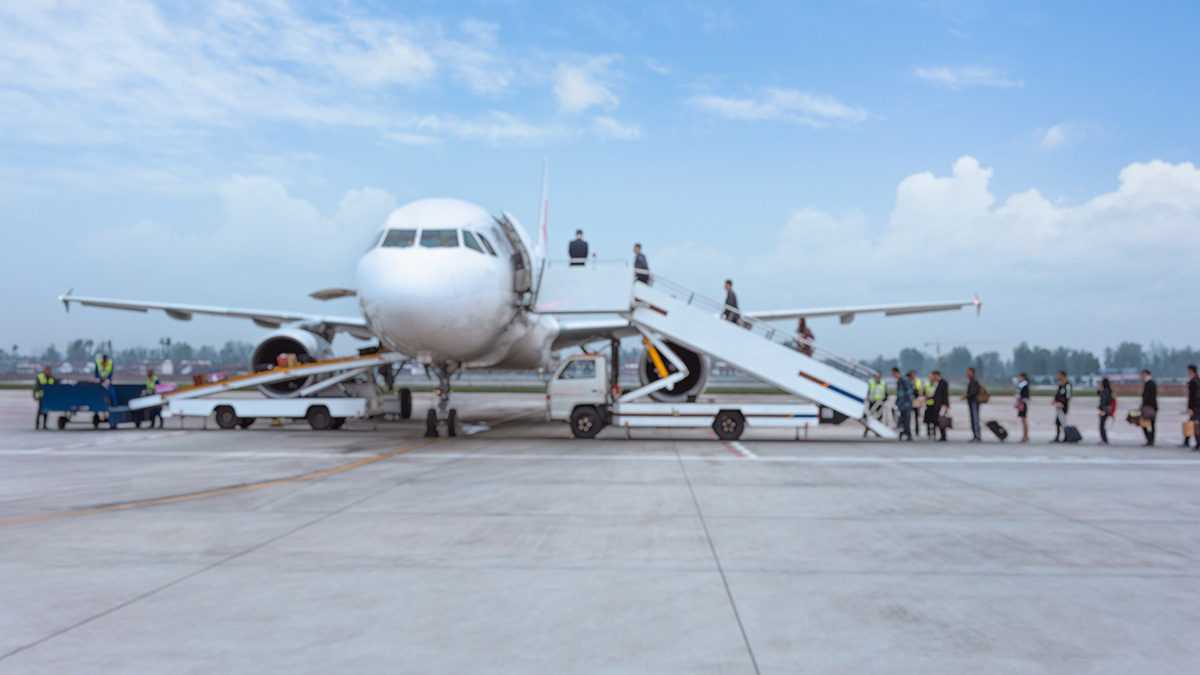Passenger demand growth accelerates to 10% in January
- 3/4/2025
- 259 Day

The International Air Transport
Association (IATA) released data for January 2025 global passenger demand.
Total demand, measured in revenue passenger kilometers
(RPK), was up 10.0% compared to January 2024. Total capacity, measured in
available seat kilometers (ASK), was up 7.1% year-on-year. The January load
factor was 82.1% (+2.2 ppt compared to January 2024), an all-time high for
January.
International demand rose 12.4% compared to January
2024. Capacity was up 8.7% year-on-year, and the load factor was 82.6% (+2.7
ppt compared to January 2024), an all-time high for January.
Domestic demand rose 6.1% compared to January 2024.
Capacity was up 4.5% year-on-year. The load factor was 81.2% (+1.2 ppt compared
to January 2024), an all-time high for January.
“We’ve seen a notable acceleration in demand this
January, with a particularly strong performance by carriers based in the
Asia-Pacific region. The record high load factors that accompany this strong
demand are yet another reminder of the persistent supply chain issues in the
aerospace sector,” said Willie Walsh, IATA’s Director General.
“The strong growth in demand aligns with the results
of our latest passenger survey (November 2024) in which 94% of travelers
indicted that they planned to travel as much or more in the coming 12 months
than they did in the past year. Airlines are doing a good job of accommodating
growing demand amid fleet and infrastructure constraints with satisfaction
levels above 95%, and nearly 80% of travelers agreeing that air travel is good
value for money. Choice is an important component of this satisfaction. Some
70% prefer to pay the lowest fare and customize the additional services they
need. It is important for regulators to clearly understand that the majority of
travelers do not want to pay automatically for services they don’t need,” said
Walsh.
Regional Breakdown - International
Passenger Markets
All regions showed growth for international passenger
markets in January 2025 compared to January 2024, with Asia-Pacific demand
particularly strong. All markets except Europe and North America showed strong
acceleration in January compared to December 2024. Load factors rose
year-on-year in all markets except Latin America.
Asia-Pacific
airlines achieved a 21.8% year-on-year increase in demand. Capacity increased
16.5% year-on-year and the load factor was 86.7% (+3.8 ppt compared to January
2024). Traffic from Northeast Asia was particularly strong.
European carriers had an
8.6% year-on-year increase in demand. Capacity increased 6.2% year-on-year, and
the load factor was 79.2% (+1.8 ppt compared to January 2024).
Middle Eastern
carriers saw an 9.6% year-on-year increase in demand. Capacity increased 4.4%
year-on-year and the load factor was 83.8% (+4.0 ppt compared to January 2024).
Results in this region have been underpinned by a gradual return of traffic in
Israel, and strong performance of the Gulf carriers.
North American
carriers saw a 3.8% year-on-year increase in demand. Capacity increased 0.6%
year-on-year, and the load factor was 81.8% (+2.6 ppt compared to January
2024).
Latin American
airlines saw an 12.9% year-on-year increase in demand. Capacity climbed 15.5%
year-on-year. The load factor was 84.3% (-1.9 ppt compared to January 2024).
African airlines
saw a 14.9% year-on-year increase in demand. Capacity was up 11.2%
year-on-year. The load factor rose to 75.9% (+2.4 ppt compared to January
2024).
Domestic Passenger Markets
Domestic RPK increased 6.1% over the previous year,
reflecting particularly strong growth in India (despite engine issues for some
carriers), Japan and China. China’s growth of 10.0% was driven by record
numbers traveling for the Lunar New Year.
Load factors continued to edge up (+1.2ppt) to hit a record high of 81.2%
for January.








